- What we do
- What we do
- Who we are
Who we are
- Innovations
- Exhibitions
- Contact

Necessary cookies contribute to making a website usable by enabling basic functions like page navigation and access to secure areas of the website. The website cannot function properly without these cookies.
Preference cookies allow a website to remember information that modifies how the site behaves or is displayed, such as your preferred language or region.
Statistical cookies help website owners, by collecting and communicating information anonymously, to understand how visitors interact with websites.
Marketing cookies are used to track visitors across websites. The goal is to display ads that are relevant and engaging for the individual user and therefore more valuable for third-party publishers and advertisers.
Unclassified cookies are cookies that are undergoing classification, as well as individual cookie providers.
Cookies are small text files that can be used by websites to make the user experience more efficient.
The law states that we can only store cookies on your device if they are strictly necessary for the operation of this site. For all other types of cookies, we need your permission.
This site uses different types of cookies. Some cookies are placed by third-party services that appear on our pages.
At any time, you can change or withdraw your consent from the Cookie Declaration on our website.
To find out more about who we are, how you can contact us, and how we process personal data, please see our Privacy Policy.
Please specify the ID of your consent and the date you contacted us regarding your consent.
IT Infrastructure & Service Management
Hardware Management
Hardware Management involves installing, configuring, and maintaining servers for efficient business application support. It includes managing desktops, laptops, and mobile devices used by employees, as well as maintaining peripherals such as printers and scanners.
Software Management
Software Management involves updating and patching operating systems for security and stability. It includes installing, updating, and supporting business applications. Additionally, it involves managing virtual machines and environments to optimize resource usage
Network Management
Network Management includes configuring and maintaining routers, switches, and networking equipment. It ensures reliable and secure internet and intranet connectivity. Additionally, it implements firewalls, intrusion detection systems, and security measures to safeguard against cyber threats.
Data Management
Data Management involves managing storage solutions such as on-premises, cloud, and hybrid storage systems. It includes regular data backups and implementing recovery procedures to ensure data can be restored in case of loss or disaster.
Security Management
Security Management involves implementing access controls for user authentication and authorization. It includes protecting against viruses, malware, and cyber threats through proactive monitoring and response. Compliance ensures adherence to industry regulations like GDPR, HIPAA, and ISO standards.
Cloud Management
Cloud Management involves managing cloud infrastructure and services such as SaaS, PaaS, and IaaS. It includes planning and executing migrations of applications and data to the cloud and optimizing resource usage for cost efficiency and improved performance.
IT Support Services
IT Support Services include help desk support for hardware, software, and network issues. Incident management ensures prompt resolution of problems to minimize downtime. Service management follows ITIL best practices for effective IT service delivery and management.
All Green Dashboards
Daily, Weekly, Monthly report cards will display with green, red indications to easy identify service status.
Benefits
Improved Performance and Reliability
Regular maintenance and monitoring ensure that IT systems operate efficiently and reliably
Enhanced Security
Proactive security measures protect against data breaches and cyber threats.
Cost Efficiency
Optimizing resources and adopting efficient practices reduce operational costs
Scalability
A well-managed IT infrastructure can easily scale to accommodate business growth
Business Continuity
Effective disaster recovery and backup solutions ensure business operations can continue in case of unexpected events
Compliance
Adherence to industry regulations protects against legal and financial penalties
OVERVIEW
PRODUCTS
SERVICES
- Technology Consulting
- Customized IT Product Developments
- Satellite Office
- WhatsApp Solutions
- Business Process Re-Engineering
- Web & Mobile Application Developments
- Hosting Services
- Application-Managed Services(AMS)
- Resource Augmentation (FTE)
- Infrastructure Support Service
- Facility management service




